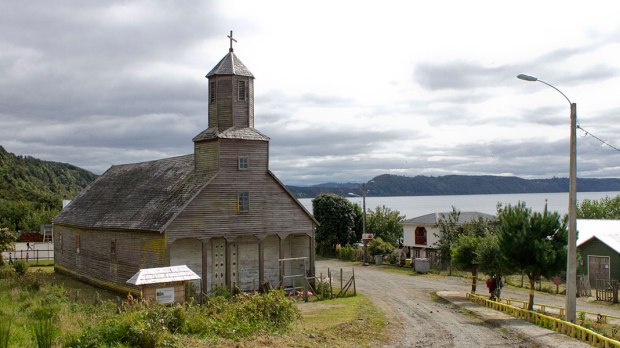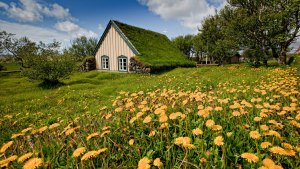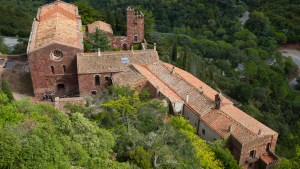In the Chiloé Archipelago, off the coast of Chile, lies a collection of architectural treasures unlike any other in Latin America. Recognized as a UNESCO World Heritage Site, the churches of Chiloé are remarkable examples of the blending of European and indigenous traditions, resulting in a unique style known as theChilota School of Architecture.
Built primarily in the 18th and 19th centuries, these churches are proof of the ingenuity and craftsmanship of the Chilote people. Eschewing traditional Spanish colonial styles, these structures were built entirely of native wood – a choice perfectly suited to the humid and rainy climate of the archipelago. The extensive use of wooden shingles gives the churches a distinctive and charming appearance.
The churches of Chiloé embody the mestizo culture that resulted from the interaction between the Jesuit missionaries and the local population. This fusion is evident in the design. European architectural influences can be seen in the layout and bell towers, while the wood carvings and the use of mostly vibrant colors reflect indigenous artistic traditions.
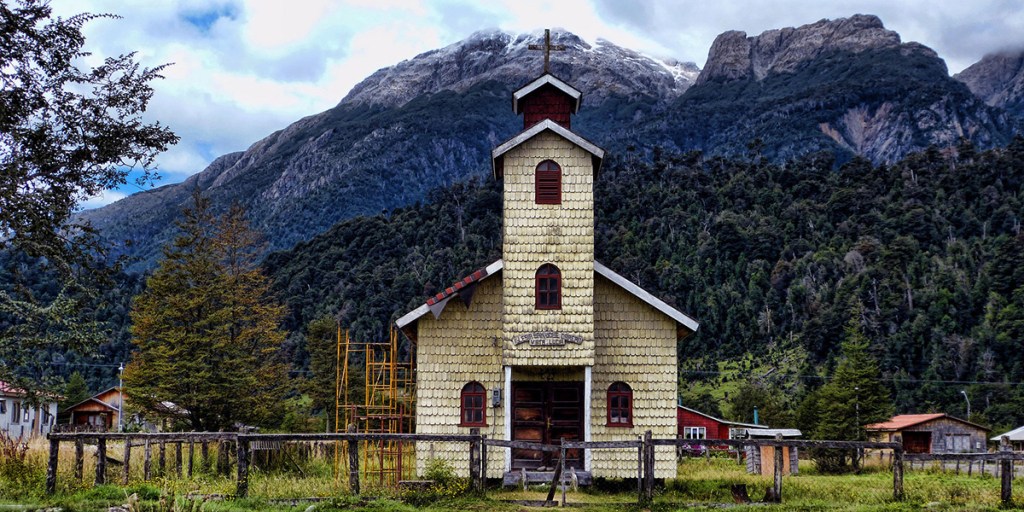
From the grand Church of San Francisco in Castro to the quaint Church of Caguach, each of the 16 preserved churches has its own unique character. The interiors are equally captivating, with detailed woodwork, painted ceilings, and religious iconography sometimes infused with local symbolism. Chiloé is abundant with local legends that somehow intertwined with Christian traditions, too.
Chiloé’s churches aren’t just relics of the past: They are deeply integrated into the lives of the islanders. Religious festivals, community gatherings, and traditional Chilote musical events all take place within these wooden walls. The churches serve as both spiritual anchors and centers for cultural preservation.
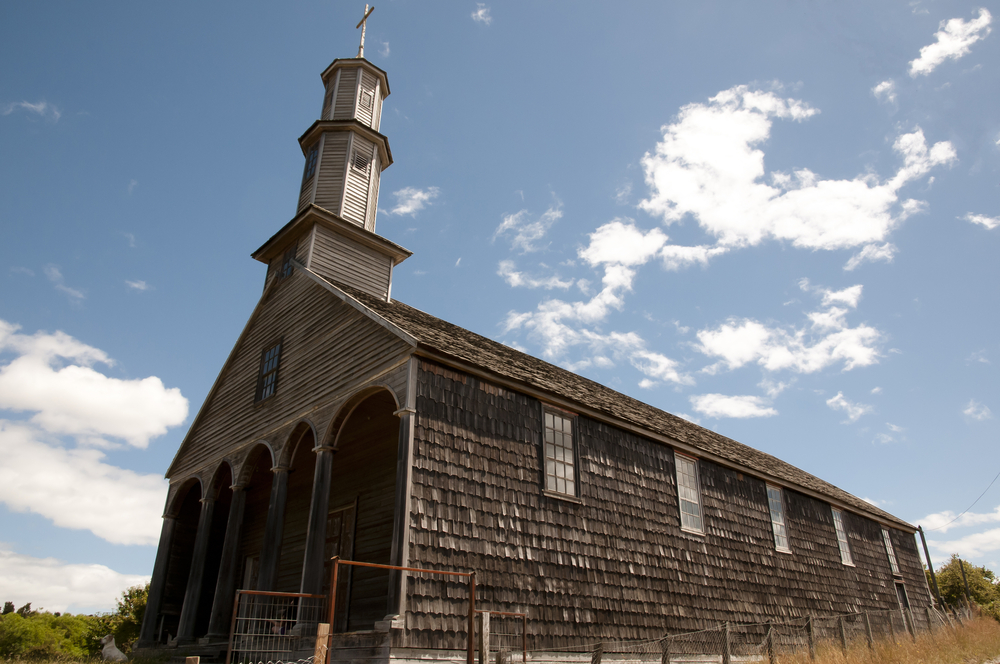
To experience the churches of Chiloé is to embark on a journey of discovery in the far south of the world. It’s a chance to witness how Catholicism made it to the far end of the world, to appreciate the fusion of cultures that shaped these churches, and to marvel at the enduring craftsmanship of the Chilote people. These remarkable wooden structures are more than just beautiful buildings: they hold the soul and history of a distinct island culture.
